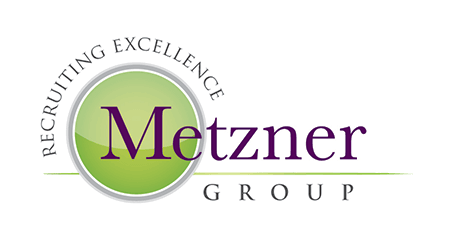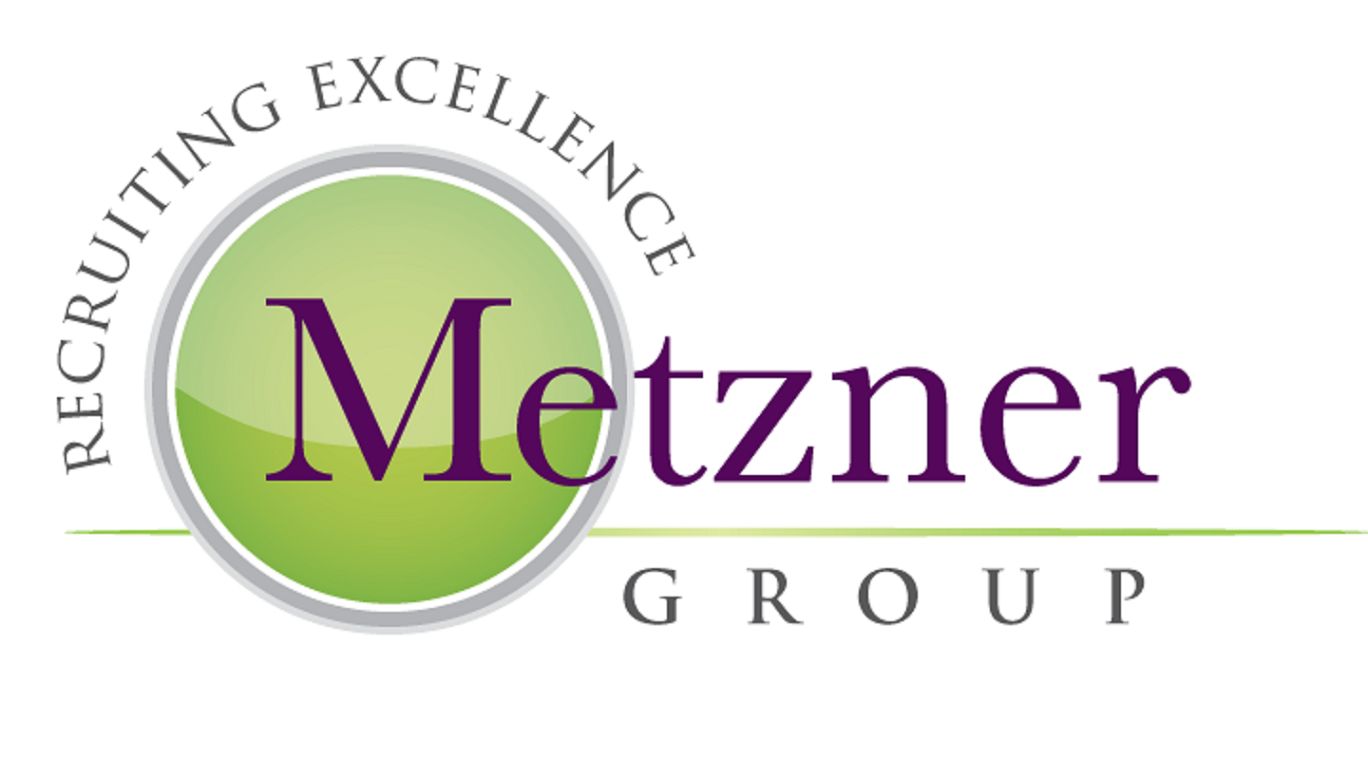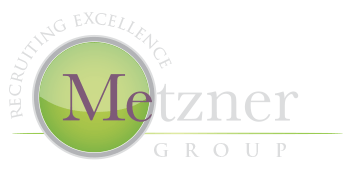Has Your A/E Firm Taken Over Your Identity?
Are you known as a civil engineer, architect, landscape architect and planner OR are you known as an employee of your employer?
Recently an outstanding executive engineer was set to interview with my client. This engineer had worked as a leader in his firm for 20 years. At the start of the process, he told me had participated in a three-month long interview process for another opportunity only to not receive an offer. He was informed that he was not hired in the previous firm because they thought he was known as “Bill Smith, ABC Engineers.”
In other words, he was no longer “Bill Smith, PE, well respected leader in the ACEC engineering community.” Instead he was known as “ABC Engineers’ Bill Smith.” The firm told him that they were concerned that he had been with his employer (and successful) for so long, that his identity with municipalities and agencies was too intertwined with his firm’s identity.
This made me wonder: Can a firm take over your professional identity? Do you become the “brand” of your firm?
A “personal” or “professional brand” is an identity built around you personally. It is in basic terms, who you are and how you want the world to see you. Personal brands can be flexible and are becoming helpful for use in your career – at all levels. A “business brand” is an identity built around a company or business. These brands are usually not flexible and can be critical to a firm’s success or failure.
Many of us are taught to be aware of our behavior when we attend business functions as we are representing our firms. We typically introduce ourselves by our name and our company affiliation. To separate your professional identity from your company’s is tricky. That is where your personality and relationships come in. You are representing your company, but remember you are also your brand.
LinkedIn and other professional social media outlets are helping many of us develop our own “personal/professional brand.” Blogs, participation in technical associations, published technical papers, LinkedIn profiles and published writings (like this one you are reading) are great avenues to have people learn who you are and what you do. For example, after reading this, it would be my hope that when someone asks “Do you know anyone who is an architecture or civil engineering recruiter/headhunter?” that you would reply “Yes. Carol Metzner does that.”



